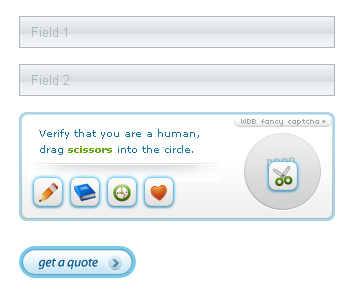Buen ejemplo para obtener la URL que nos dibuja gráficas usando Google Graph mediante procedimientos almacenados de MySQL. Está sacado de este ejemplo, que a su vez está sacado de este otro para Oracle.
DELIMITER $$
DROP FUNCTION IF EXISTS `dm_midas`.`FNC_GOOGRAPH_DB_SIZE`$$
CREATE FUNCTION `dm_midas`.`FNC_GOOGRAPH_DB_SIZE` (
p_chart_type CHAR,
p_height INT,
p_width INT) RETURNS varchar(3000) CHARSET latin1
READS SQL DATA
BEGIN
/* Author: Walter Heck - OlinData */
/* Date: 20090216 */
/* Note: After an idea by Alex Gorbachev - Pythian */
/* http://www.pythian.com/blogs/1490/google-charts-for-dba-tablespaces-allocation */
/* variable declaration */
DECLARE v_done BOOLEAN default false;
DECLARE v_url varchar(3000);
DECLARE v_schema_name varchar(3000);
DECLARE v_data_length_sum int;
DECLARE v_data_length_total int;
DECLARE v_legend_labels varchar(3000);
DECLARE v_chart_labels varchar(3000);
DECLARE v_chart_data varchar(3000);
/* Cursor declaration */
DECLARE c_schema_sizes cursor for
select
t.table_schema,
round(sum(t.data_length + t.index_length) / 1024 / 1024) as data_length_schema
from
information_schema.tables t
group by
t.table_schema
order by
t.table_schema;
/* Handler declaration */
DECLARE CONTINUE HANDLER FOR NOT FOUND SET v_done = true;
/* Initialize the variables */
SET v_legend_labels = '';
SET v_chart_labels = '';
SET v_chart_data = '';
/* Get the total data length + index_length for all tables */
select
round(sum(t.data_length + t.index_length) / 1024 / 1024) as data_length_total
into
v_data_length_total
from
information_schema.tables t;
/* Open the cursor */
OPEN c_schema_sizes;
/* Loop through the cursor */
get_data: LOOP
/* Fetch the next row of data into our variables */
FETCH c_schema_sizes INTO v_schema_name, v_data_length_sum;
/* if there is no more data, v_done will be true */
IF v_done THEN
/* Exit the loop */
LEAVE get_data;
END IF;
/* Add the schema name to the labels for the legend */
IF v_legend_labels = '' THEN
SET v_legend_labels = v_schema_name;
ELSE
SET v_legend_labels = concat(v_legend_labels, '|', v_schema_name);
END IF;
/* Add the total size of the schema to the labels */
IF v_chart_labels = '' THEN
SET v_chart_labels = v_data_length_sum;
ELSE
SET v_chart_labels = concat(v_chart_labels, '|', v_data_length_sum);
END IF;
/* Get the percentage of the total size as the graph's data */
IF v_chart_data = '' THEN
SET v_chart_data = ROUND(v_data_length_sum / v_data_length_total, 2) * 100;
ELSE
SET v_chart_data = concat(v_chart_data, ',', ROUND(v_data_length_sum / v_data_length_total, 2) * 100);
END IF;
END LOOP get_data;
/* Close the cursor */
CLOSE c_schema_sizes;
/* Build up the google graph url */
SET v_url = 'http://chart.apis.google.com/chart?';
SET v_url = CONCAT(v_url, 'cht=', p_chart_type);
SET v_url = CONCAT(v_url, '&chs=', p_width , 'x', p_height);
SET v_url = CONCAT(v_url, '&chtt=Database Sizes (MB)');
SET v_url = CONCAT(v_url, '&chl=', v_chart_labels);
SET v_url = CONCAT(v_url, '&chd=t:', v_chart_data);
SET v_url = CONCAT(v_url, '&chdl=', v_legend_labels);
/* return the url as the function's result */
RETURN v_url;
END$$
DELIMITER ;
MySQL DB Pie Graph
